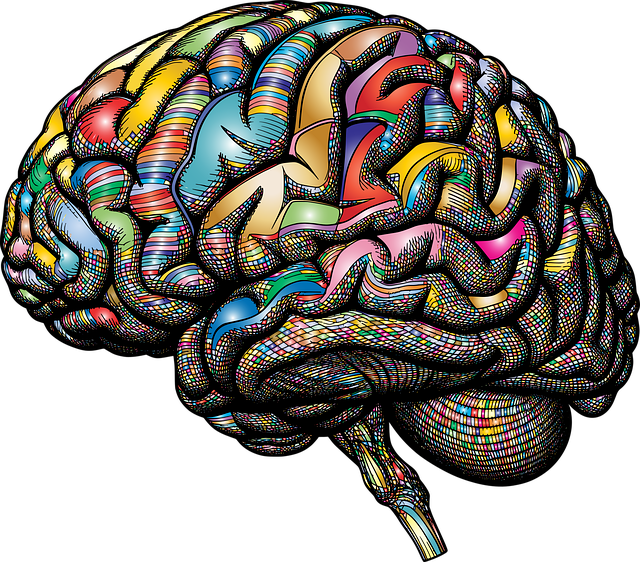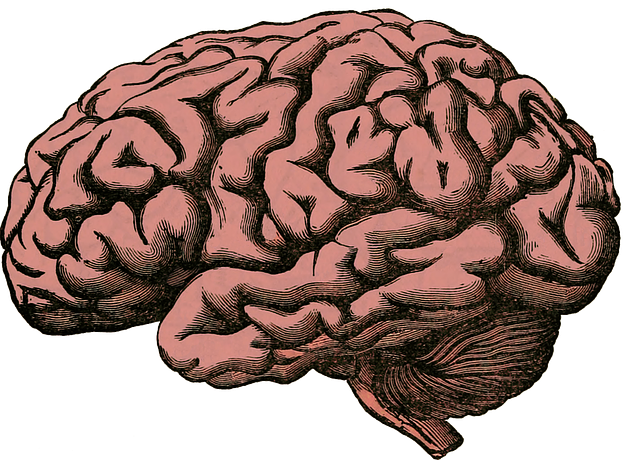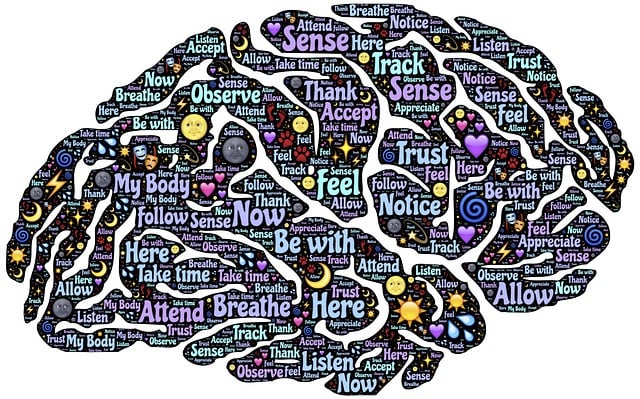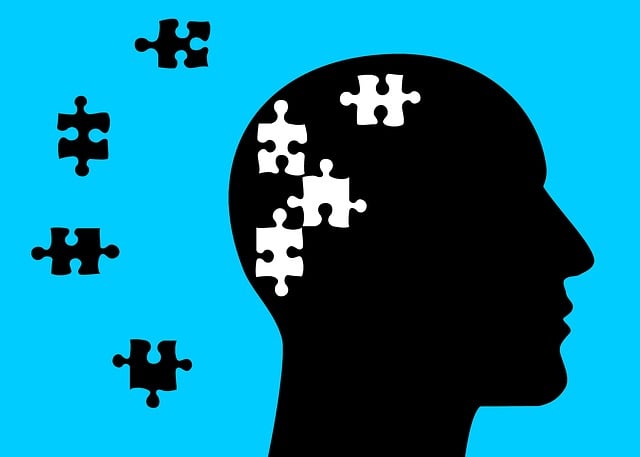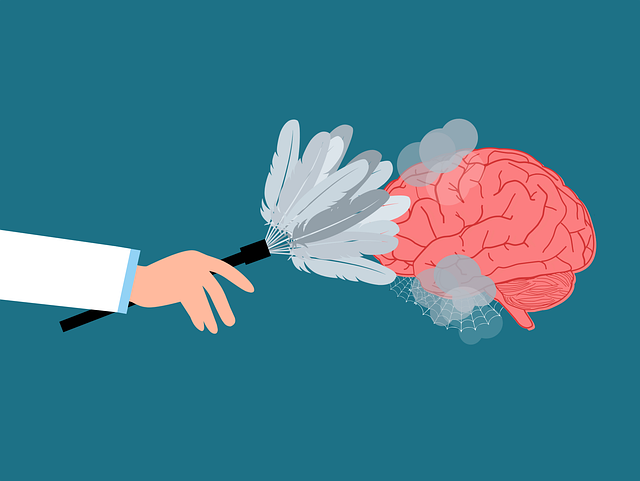Positive thinking exercises, a novel approach within ADD-ADHD therapy, empower individuals to combat mental illness stigma, boost confidence, and improve daily functioning through optimistic thought training. Starting with simple practices like breathing exercises or gratitude journaling, consistent routines strengthen neural pathways for positive thinking. Support groups and workshops enhance this journey, offering practical tools for managing challenges. Tracking progress iteratively refines strategies, fostering continuous growth in emotional regulation and social skills for Superior ADD-ADHD Therapy.
Positive thinking exercises offer a powerful tool for managing Attention Deficit Hyperactivity Disorder (ADD-ADHD), fostering improved focus, and enhancing overall well-being. This article explores how cultivating optimism can revolutionize ADD-ADHD therapy. We’ll guide you through practical steps to integrate positive thinking into your daily routine, providing strategies for tracking progress and refining your practice. Discover a superior approach to ADD-ADHD management that empowers individuals to thrive.
- Understanding Positive Thinking and Its Impact on ADD-ADHD
- Practical Steps to Implement a Positive Thinking Exercise Routine
- Tracking Progress and Adjusting Your Positive Thinking Practice
Understanding Positive Thinking and Its Impact on ADD-ADHD

Positive thinking exercises have emerged as a powerful tool in the arsenal of ADD-ADHD therapy, offering a unique approach to managing this mental illness. It involves training the mind to focus on optimistic and constructive thoughts, which can significantly alter one’s perception and overall well-being. By fostering a positive mindset, individuals with ADD-ADHD can experience improved concentration, enhanced decision-making abilities, and better emotional regulation—all essential aspects for daily functioning.
This proactive strategy goes beyond the traditional symptoms of ADD-ADHD, aiming to reduce the mental illness stigma while boosting confidence. Crisis intervention guidance often incorporates positive thinking techniques as a coping mechanism, empowering individuals to navigate challenging situations with resilience. Through consistent practice, these exercises can lead to substantial improvements in quality of life, making them an invaluable asset for those seeking superior ADD-ADHD therapy.
Practical Steps to Implement a Positive Thinking Exercise Routine

Implementing a positive thinking exercise routine can be life-changing, offering powerful tools to counterbalance mental illness stigma and enhance overall well-being. Start by setting aside dedicated time each day for practice—even just 15 minutes can make a difference. Begin with simple breathing exercises or gratitude journaling, focusing on the present moment’s positives. Over time, expand your routine with guided meditations, affirmations, or engaging in creative activities that stimulate joy and optimism.
Consider joining support groups or community outreach programs to share experiences and learn from others navigating similar challenges. Participating in stress management workshops can equip you with practical strategies for coping with life’s demands. Remember, consistency is key; regular practice strengthens neural pathways associated with positive thinking. Embrace this journey as a means to foster resilience and cultivate a more optimistic outlook on life.
Tracking Progress and Adjusting Your Positive Thinking Practice

Tracking your progress is a vital part of refining your positive thinking practice, especially when using Superior ADD-ADHD Therapy techniques. Regularly assess how you feel and the impact this exercise has on your daily life. Note down improvements in emotional regulation and social skills gained through training. This self-awareness allows for adjustments to be made; perhaps modifying the approach or integrating new strategies as you progress. For instance, if certain aspects of positive thinking prove more challenging, focus on strengthening those areas with tailored exercises.
By monitoring your journey, you can tailor your practice to best support your needs. This iterative process ensures that your positive thinking skills remain dynamic and effective, fostering continuous growth and improvement in managing both ADD-ADHD symptoms and overall well-being.
Implementing positive thinking exercises as part of your daily routine can significantly enhance the quality of life for those with ADD-ADHD. By focusing on optimistic thoughts, individuals can experience improved mental well-being and better manage symptoms associated with this condition. With consistent practice, these exercises offer a powerful tool for self-improvement, enabling folks to embrace a more positive outlook and, ultimately, achieve superior ADD-ADHD therapy outcomes.


